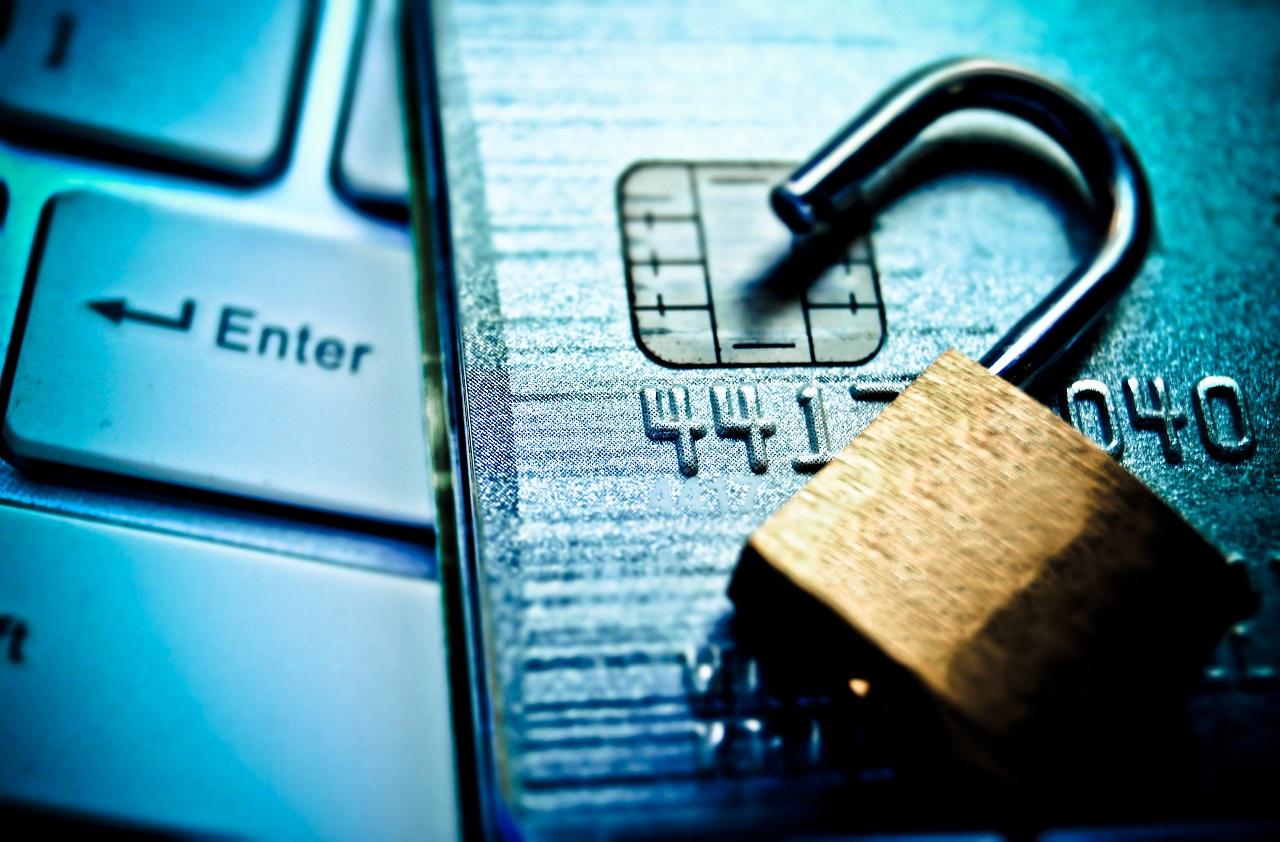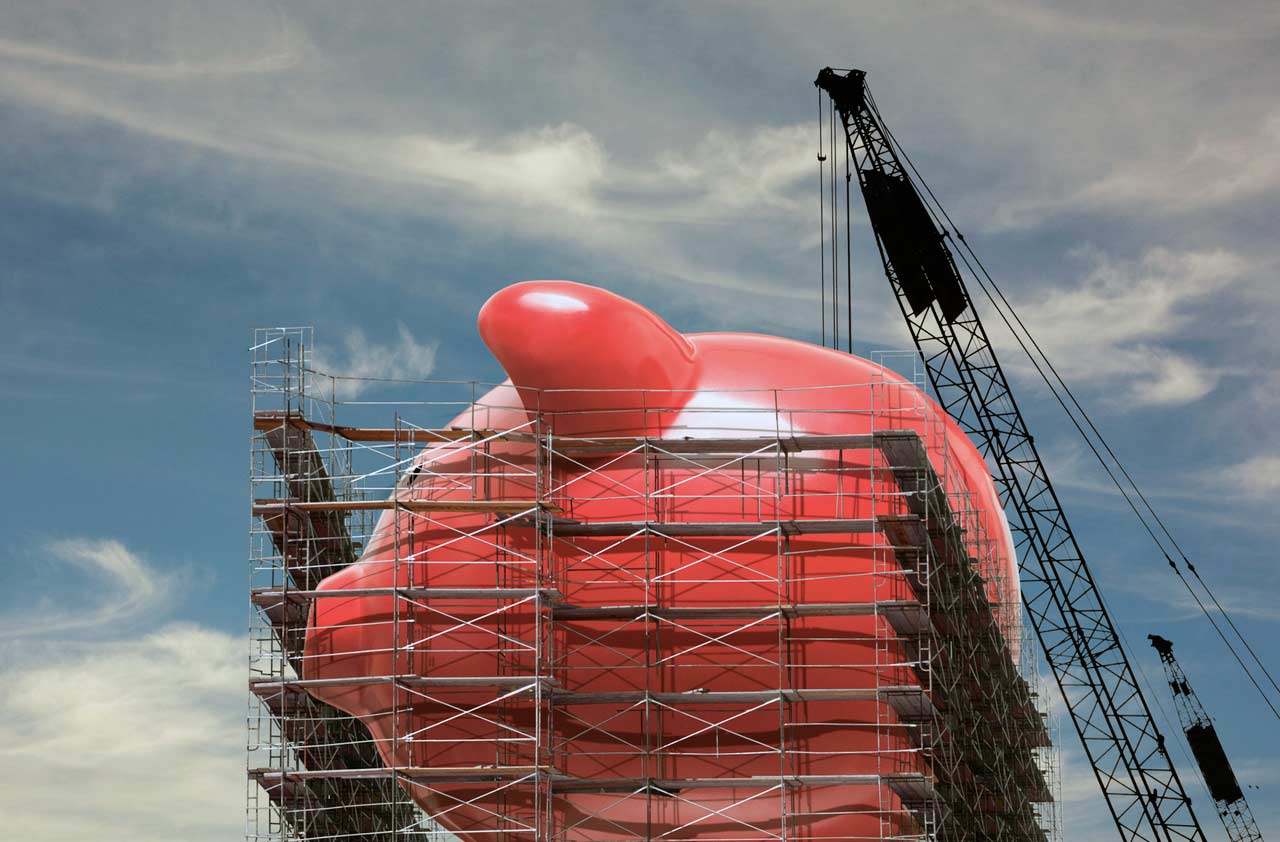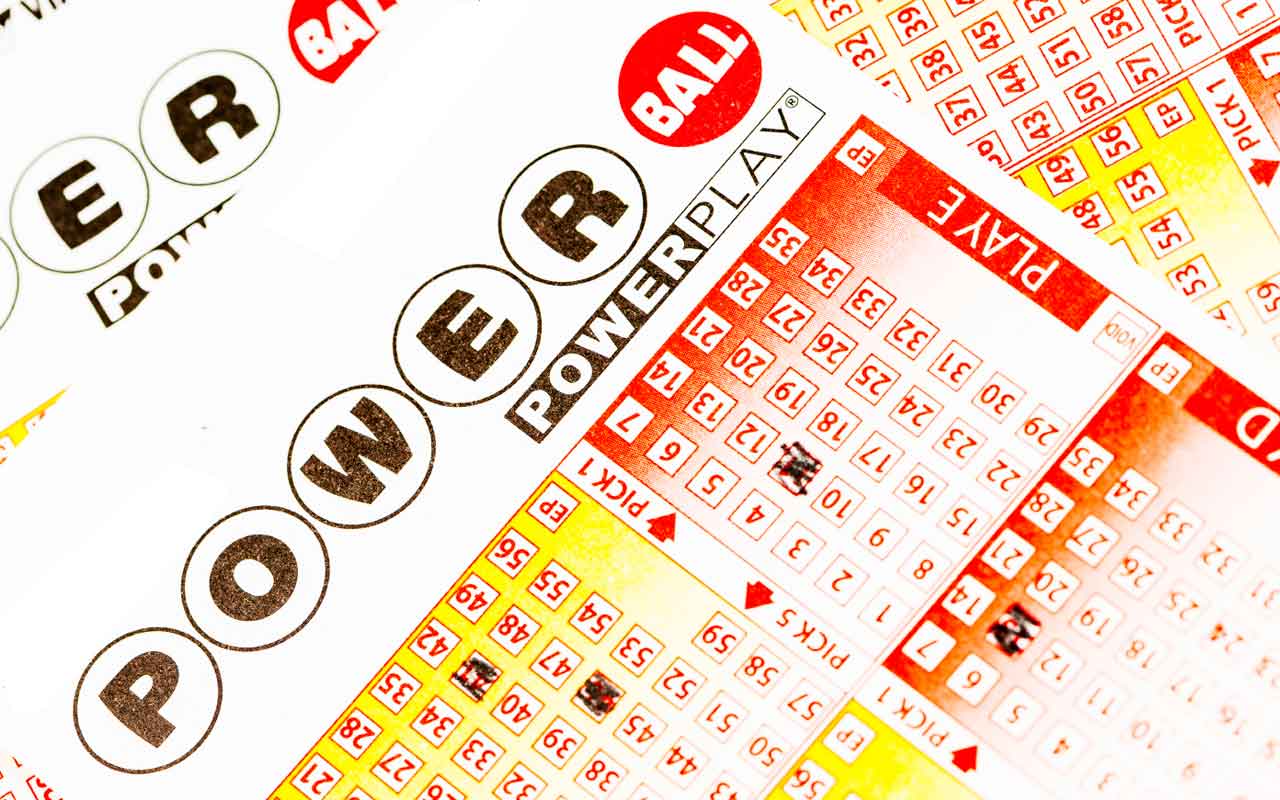Given that $52 billion worth of gold was sold last year for investment purposes, according to the World Gold Council, it’s not surprising that shady dealers have lined up for a piece of the action. Most of the total was invested in gold mutual funds or exchange-traded funds. But some of us like to possess the lustrous stuff by buying it in coins or bars -- and that’s when you can get ripped off. Regulators say the number of rip-offs is rising with the price of the precious metal.
Here’s how not to buy gold coins (some of these tips also apply to bars) if all you’re after is gold’s investment value:
Don't pay too much.
If you’re investing in gold, remember that it’s a commodity, and it’s up to you to make sure you’re not overpaying. The day you buy, check the spot price of gold (available at many Web sites, such as www.goldprice.org).Don’t pay more than a 5% to 8% markup over the spot price -- that’s the typical premium, according to Michael White, spokesman for the U.S. Mint.
From just $107.88 $24.99 for Kiplinger Personal Finance
Become a smarter, better informed investor. Subscribe from just $107.88 $24.99, plus get up to 4 Special Issues

Sign up for Kiplinger’s Free Newsletters
Profit and prosper with the best of expert advice on investing, taxes, retirement, personal finance and more - straight to your e-mail.
Profit and prosper with the best of expert advice - straight to your e-mail.
White says that American Eagle Bullion coins, one of the most popular coins for investing in gold, first make their way into the market when they are sold to the Mint’s “authorized purchasers.” (See the list below of the authorized purchasers and their prices, terms and conditions. If you’re new to buying gold, they are a great place to start.) Gold coins are also sold in commemorative editions directly to the public, but these are more expensive. The Mint marks up the price of the coins to cover the value of the gold and the actual minting, as well as shipping and other costs, White says. Dealers say that markup is about 3%. Then the authorized purchasers -- some of whom sell directly to the public and all of whom sell to other dealers -- add their own markup, as do the dealers who buy the coins.
Don't buy coins for historical value.
Some gold dealers engage in a classic bait-and-switch: They offer gold coins or bullion, then try to sell customers on coins with historical, or numismatic, value. In fact, these coins usually have little or no extra value above their “melt value” -- the value of the coin if it were melted and sold as metal.
Goldline International, a major dealer, has come under fire by U.S. Representative Anthony Weiner (D-NY) for the high markups it charges on such coins. For example, Goldline and some other dealers push a French gold coin, the 20-franc “Rooster.” Weiner says Goldline charges 69% more than the melt value of the Rooster, which has no numismatic value.
In addition to the American Gold Eagle, the best-known coins typically bought and sold for their gold value alone are the Canadian Maple Leaf, the Australian Gold Nugget and the South African Krugerrand.
Don't pay a premium for proof coins.
Proof coins are special editions struck for collectors and often mounted in a special case. The dies used to make them are often finely polished and yield particularly pretty coins with mirror finishes. Proof editions are usually valued more highly than regular coins -- by collectors. The premium you pay for proof coins may be inflated and may disappear, depending on the market. So, for investment purposes, stick with regular coins.
Don't buy fractional coins.
These coins come in fractions of an ounce, such has a half-ounce, a quarter-ounce and even one-twentieth of an ounce. You’ll pay a higher markup for such coins than for one-ounce coins. The only real reason to own them is if you believe in a future meltdown of society, at which point paper money will be worthless and you’ll need small (gold) change to buy, say, ammo, freeze-dried food or a latte.
Don't buy gold from a cold caller over the phone.
The Federal Trade Commission reports a rise in boiler rooms hawking gold coins or bars. (A boiler room is filled with salespeople who cold call prospects and use high-pressure sales tactics.) Dama Brown, staff attorney for consumer affairs in the FTC’s Atlanta office, says that these operators usually make inflated claims about the potential profit from gold, such as “tripling your money in 30 days.” Such claims are often coupled with warnings about the weak economy and how gold, as a hard asset, is less risky than stocks, she says.
Brown says your first clue that these aren’t calls from legitimate sources is if your phone number is in the National Do Not Call Registry but the gold salesmen call anyway. “It surprises me, the number of people who will go ahead with a sale when dealing with someone who has already violated the Do Not Call list,” she says.
Also, these outfits don’t give you physical possession of the gold, but claim to hold it for you in a vault. "In some cases, these are outright scams and no gold exists," Brown says.
Don't buy based on confiscation scares.
Yes, it is true that in 1933 President Roosevelt issued an order to collect gold from U.S. citizens because the bank panics of that year and other factors were draining the Federal Reserve’s gold supply, and we were on a gold-based currency standard back then. (The gold standard was a system under which the dollar was equal in value to, and exchangeable for, a specified amount of gold.) And yes, Executive Order 6102 exempted rare and unusual coins from having to be turned in.
People who did turn in their gold (many just kept their gold, and no jackbooted gold police kicked down doors at midnight to collect a single coin) received $20.67 an ounce. Soon after, the U.S. Treasury set the price at $35 an ounce. Ouch.
However, some gold dealers use these facts to scare investors into buying overpriced coins. Some history: Hello, the U.S. is no longer on the gold standard and hasn’t been since 1971. And the limit on gold ownership in the U.S. was repealed in 1974. So notwithstanding the paranoia-laden pitches of some salesmen (and right-wing radio hosts), there is no danger of gold confiscation.
Further, the confiscation sales pitch is usually based on a very broad definition of “rare and unusual coins.” “They’ll say anything minted pre-1933 has numismatic value,” says Michael Freedman, president of Euro Pacific Precious Metals. In fact, Freedman says, “there were millions and millions of gold coins minted in the 1800s and early 1900s that were simply coin of the realm. They have no numismatic value.”
Don't buy using leverage.
Borrowing money (also known as buying on margin) to make a bigger investment in gold is a risky game. Say, for example, you invest $4,000 and then leverage your investment five-to-one, so that you control $20,000 worth of gold coins or bars in an account set up by a dealer or brokerage firm. To start, the price of gold is volatile, and if the price dips far enough (below the minimum margin requirement), you’ll have to kick in more money to keep your account, or you’ll have to sell some or all of your investment. Also, the salesman’s commission is based on the total amount of the purchase. So he’ll get, say, 5% of the $20,000, or $1,000. Although 5% is a fair commission, it’s 25% of your $4,000 equity stake. On top of that, you’re paying interest on the money borrowed.
And even worse, says the FTC’s Brown, in some instances the telemarketers do not disclose that your precious-metals investment will be leveraged. “They bury the details of the leveraging and the interest charges in dense contracts,” she says.
So how do you find a reputable dealer?
Good question. There are thousands of dealers in the country, but there is no federal regulation and little state regulation. The U.S. Mint has a list of national dealers and dealers by state that it checks but doesn’t vouch for. White says that the Mint checks those dealers against the Better Business Bureau list for complaints, as well as online to see whether there is “any negative information about the firm and to get a feel for how the company conducts and promotes itself.”
However, given that the Mint’s authorized purchasers are obviously trusted by the Mint, you may want to buy directly from one of them. We checked with each of them, and here are their rates, terms and conditions.
MTB (NY): 212-981-4510. MTB sells primarily to wholesalers, but individuals can buy from the company, too. It charges 4.5% over the spot price. There’s no minimum purchase, but there is a minimum commission of $25. No discount for bulk purchases.
CNT (MA): 508-697-9600. Minimum purchase of $1,000. The company does a background check; you must provide several pieces of information, including your driver’s license number. Traders work off a current spot-price screen, which changes throughout the day. No discount for bulk purchases and no standard commission given.
Jack Hunt (NY): 800-877-7424. Minimum purchase of five ounces. Payment must be sent upfront, then the company ships. Coins offered: one-ounce Gold Eagle coins minted in 2011 or past years. The company recently charged 4% over the spot price. With the purchase of 100 coins or more, you get a discount. For example, the markup would be reduced to 3.9% for 100 coins. With an order of 20 or more coins, there’s no shipping fee; for fewer than 20, there’s a $25 flat fee.
Prudential Securities: (NY) 212-778-6667. A small investor can open up an account by buying at least 20 ounces. Most clients come from Wells Fargo (Prudential and Wells Fargo have ties), and the company normally doesn’t sell to other individual investors. “We kind of discourage that,” we were told. But you can do it. The purchase has to be made through a wire transfer -- no checks, no charge cards -- and the company does a background check. Prudential buys for 3% and sells the gold marked up for 3.15%. The person we spoke with said the average trade was 50 to 100 ounces. No discount for bulk purchases.
Dillon Gage: (TX) 800-375-4653. Minimum order of $5,000. The dealer ships everywhere in the U.S. for a flat $25 fee; the markup is 7%.
The Gold Center: (IL) 217-793-8000. You must buy in-person at the 3000 West Iles Avenue office in Springfield, Ill. The markup is 5%. If you buy 100 coins, the company will reduce the markup to 4%.
Fidelitrade: (DE) 302-762-6200. You must open an individual Fidelitrade account. The markup is 4.8%. Buying 100 ounces or more gives you a discount of $1.25 to $1.50 per ounce. The company also charges a commission. Buy up to $15,000 worth and the commission is 1%; for $15,000 to $50,000 it’s 0.75%; for $50,000 and up it’s 0.5%. The company also charges shipping and handling, which is $35 plus $2.25 per ounce of gold.
APMEX: (OK) 405-595-2100 and press 1 unless you want to be on hold forever. For purchases of one to 19 coins there is a 5% markup; for 20 to 99 coins it’s 4.8%; for 100 or more it’s 4%. You must open a free online account. You’ll pay $25 shipping for orders under $25,000; shipping is free if you buy more. Payment by check or wire transfer is preferred.
Profit and prosper with the best of Kiplinger's advice on investing, taxes, retirement, personal finance and much more. Delivered daily. Enter your email in the box and click Sign Me Up.

-
 5 Investment Opportunities in 2026
5 Investment Opportunities in 2026As investors game-plan for the year ahead, these five areas of the equity markets deserve their attention.
-
 How Verizon’s Free Phone Deals Work
How Verizon’s Free Phone Deals WorkWhat shoppers need to know about eligibility, bill credits and plan costs.
-
 Does Your Car Insurer Need to Know All Your Kids? Michigan Cases Raise Question
Does Your Car Insurer Need to Know All Your Kids? Michigan Cases Raise QuestionWho you list on your policy matters more than most drivers realize, especially when it comes to who lives in your home.
-
 Disrupter Deal: Trade Stocks Commission-Free
Disrupter Deal: Trade Stocks Commission-Freeinvesting There's no minimum to invest. Just sign up, link your bank account and enjoy the savings.
-
 Retailer Data Breaches in 2018: Was Your Favorite Store Hacked?
Retailer Data Breaches in 2018: Was Your Favorite Store Hacked?Scams Find out which retail chains have been hit and where you can go for help to protect yourself from identity theft, scams and financial fraud.
-
 What You Must Know About the Fiduciary Rule
What You Must Know About the Fiduciary RuleFinancial Planning Be sure your financial pro is looking out for your best interest.
-
 How to Vet a Financial Adviser
How to Vet a Financial AdviserFinancial Planning Be sure to interview a few options and check into their backgrounds before hiring someone.
-
 4 Steps to Avoiding Investment Scams
4 Steps to Avoiding Investment ScamsMarkets Be sure to invest safely.
-
 4 Tips to Build a Better 401(k)
4 Tips to Build a Better 401(k)investing Keys to getting the most out of your plan.
-
 5 Better Investments Than Powerball
5 Better Investments Than Powerballsavings Your odds of getting a good return on your money are much higher than winning the lottery.
-
 Great Free and Low-Cost Online Tools to Manage Your Money
Great Free and Low-Cost Online Tools to Manage Your MoneyFinancial Planning These online resources will help you get your finances in order.
